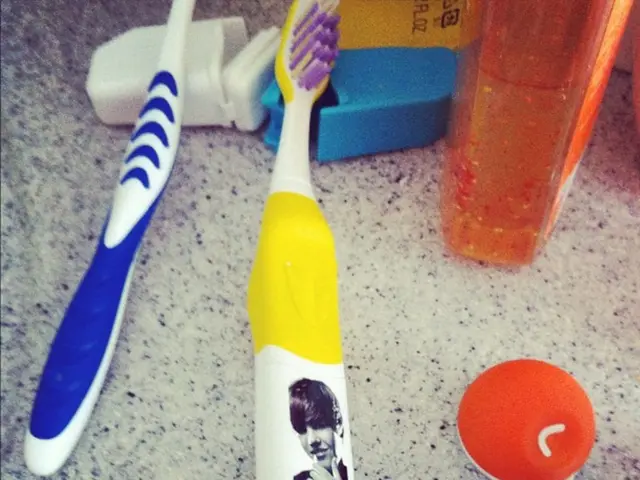Cancer and HPV: Types, strategies for prevention, and additional insights
High-Risk HPV Types Linked to Multiple Cancers
Dentists may now have an additional role in cancer detection, as they can check for signs of oropharyngeal cancer during routine dental checkups. This development comes as new research sheds light on the link between certain high-risk human papillomavirus (HPV) types and several types of cancer.
HPV, a common sexually transmitted infection (STI) in the United States, has over 100 types, which doctors classify as low risk or high risk based on their potential to cause cancer. The main high-risk HPV types, such as HPV-16, HPV-18, HPV-31, HPV-33, HPV-35, HPV-45, HPV-52, HPV-56, HPV-58, HPV-59, and HPV-66, are oncogenic and are linked to causing cervical, anal, penile, vulvar, vaginal, and oropharyngeal cancers.
Among these, HPV-16 and HPV-18 are the most significant, responsible for the majority of HPV-related cancers. HPV-16, for instance, is found in many penile cancers and nearly half to more than half of vulvar and vaginal cancers. HPV-16 is also detected in about 61% of oropharyngeal cancers, causing approximately 70-72% of these cancers.
Cervical cancer is another disease closely associated with HPV. HPV is detected in 99% of cases, with types 16 and 18 responsible for about 70% of cervical cancers globally.
Regular cervical cancer screenings can help detect precancerous changes early and prevent the progression to invasive cervical cancer. However, there are no FDA-approved screening tests for anal cancer, vulvar cancer, vaginal cancer, penile cancer, or oropharyngeal cancer, but anal Pap smears are available for those who have a higher risk of anal HPV, including men who have sex with men and those who have HIV.
The development of HPV-attributable cancer is a complex process that involves multiple steps and can take years to occur. It's important to note that the body's immune system clears up most HPV infections, and these infections do not result in cancer. However, some high-risk HPV types can persist, leading to precancerous changes and invasive cancer if a person does not receive treatment.
The good news is that the HPV vaccine is highly effective in preventing the types of HPV that cause most cancers. The Centers for Disease Control and Prevention (CDC) recommends that people receive the HPV vaccine at age 11 or 12. However, people up to age 45 can still receive the vaccine.
Certain factors can increase the risk of developing cancer, such as a weakened immune system, smoking, and having multiple sexual partners. Regular cancer screenings are crucial for detecting and treating precancerous lesions before they develop into cancer.
In summary, high-risk HPV types, particularly HPV-16 and HPV-18, cause cervical, anal, penile, vulvar, vaginal, and oropharyngeal cancers. Other high-risk types such as HPV-31, 33, 35, 45, 52, 56, 58, 59, and 66 also contribute to cancer risk, notably cervical precancerous lesions and some oral cancers. Regular screenings, the HPV vaccine, and a healthy lifestyle can help reduce the risk of developing these cancers.
- The link between certain high-risk HPV types and multiple cancers, including cervical, anal, penile, vulvar, vaginal, and oropharyngeal cancers, has been established by science.
- A key role for dental professionals may emerge in early cancer detection, as they check for signs of oropharyngeal cancer during routine exams, which is linked to high-risk HPV infections.
- Mental health and well-being are equally important when addressing health issues, as chronic diseases like cancer can lead to emotional stress and anxiety.
- The HPV vaccine is highly effective in preventing cancer-causing high-risk HPV types, with the Centers for Disease Control and Prevention recommending vaccination at age 11 or 12.
- A healthy lifestyle, regular screenings, and a strong immune system can substantially reduce the risk of developing high-risk HPV-related chronic diseases and cancers.




